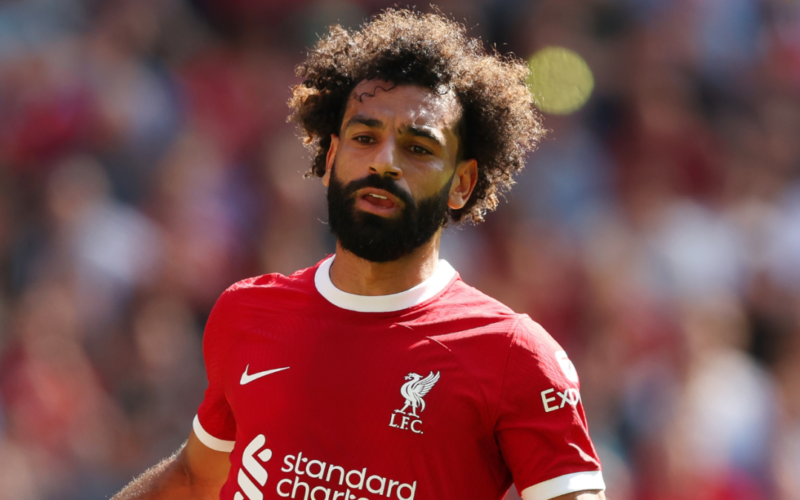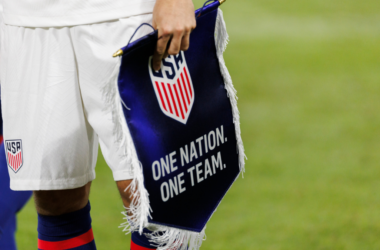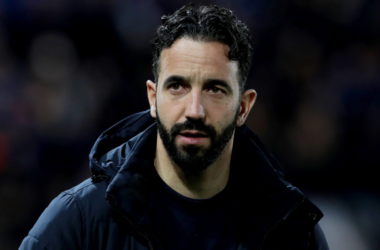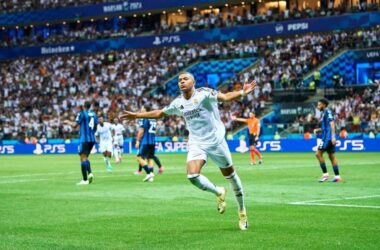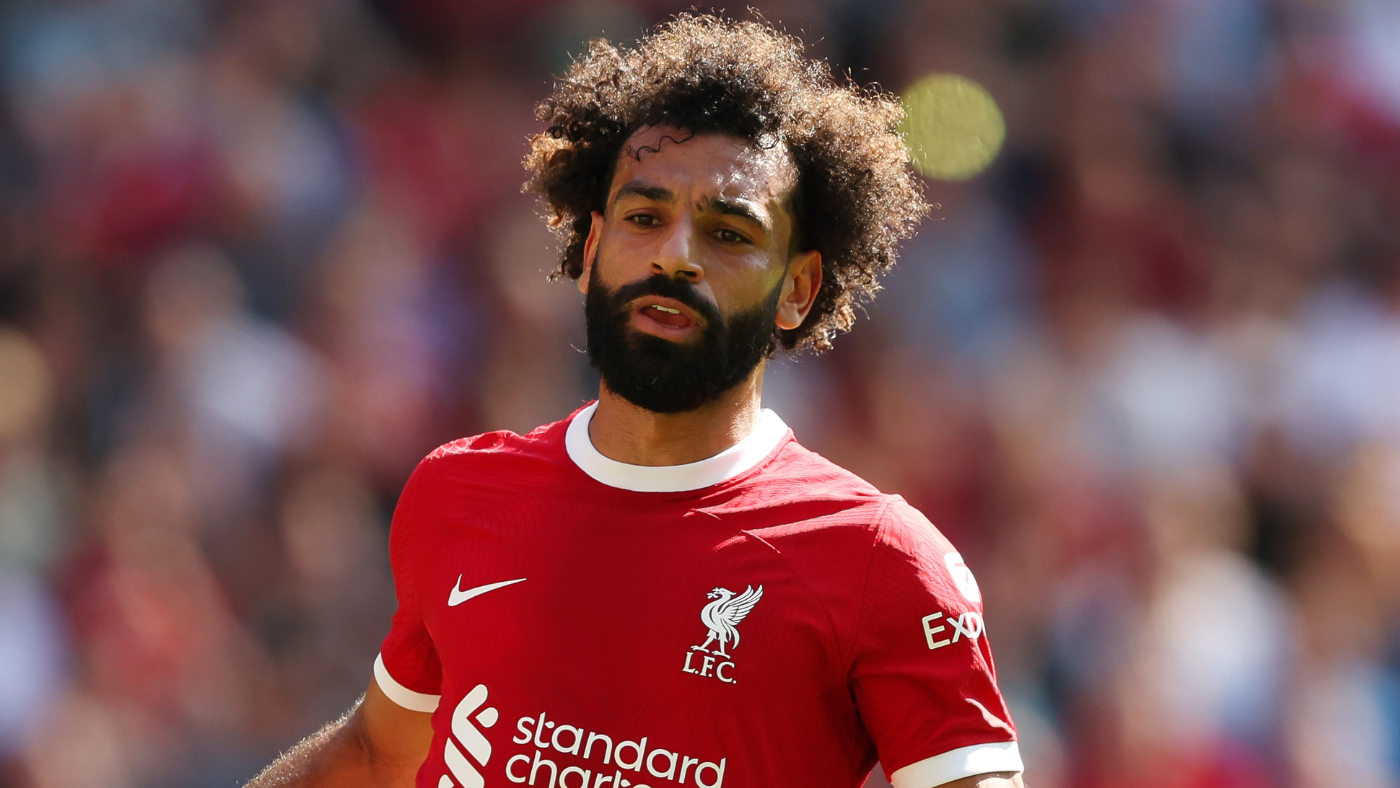
At the start of 2022, Saudi Arabian football had its sights set on recruiting some of the biggest names in European football to their Pro League. However, they initially faced difficulties in attracting players like Pierre-Emerick Aubameyang from Arsenal. But things quickly changed when Cristiano Ronaldo’s standing at Manchester United was tarnished, leading him to join Al-Nassr in Saudi Arabia. This marked the beginning of a financial revolution in Saudi Arabian football, as more and more high-profile players signed lucrative deals with Saudi clubs, such as Lionel Messi, Karim Benzema, Sergio Ramos, and N’Golo Kante. Ronaldo himself has become a symbol of this new era in global sport and hopes that the Saudi Pro League will continue to evolve and become a top league.
A Chaotic Gold Rush for the Top Pro League Teams
The Saudi Pro League’s unprecedented spending spree was made possible by the fact that four of the top clubs, Al-Hilal, Al-Ittihad, Al-Nassr, and Al-Ahli, are owned by the Public Investment Fund (PIF), Saudi Arabia’s sovereign wealth fund. This ownership structure gave these clubs the financial firepower to attract a large number of star players. Negotiations were often complicated, involving representatives from PIF, as well as the ministries of sport and tourism. The significant financial backing and deal-making power of these clubs has caused some confusion and tension within the league.
PIF’s Teams are Stacked with Stars
The four PIF-owned clubs have managed to assemble impressive squads. Al-Nassr, for example, has signed players like Sadio Mane, Aymeric Laporte, Seko Fofana, and Marcelo Brozovic. Al-Ittihad has recruited stars like N’Golo Kante and Karim Benzema, while Al-Ahli boasts players like Roberto Firmino, Edouard Mendy, and Riyad Mahrez. Al-Hilal, the reigning champions, made headlines by bringing in Neymar, Malcom, Aleksandar Mitrovic, Ruben Neves, and Sergej Milinkovic-Savic. The presence of these star players is expected to elevate the competitiveness and attract global attention to the Saudi Pro League.
Why is PIF Spending So Much?
The large investments in the Pro League serve various purposes. One goal is to encourage young talent in Saudi Arabia by exposing them to top-level competition and allowing them to play against world-class players. Additionally, these investments in sports, including football, are part of Saudi Arabia’s wider marketing and image transformation efforts, aimed at repositioning the nation. However, critics argue that these investments are part of a “sportswashing” operation, diverting attention from human rights issues in the country. Nonetheless, the Saudi Pro League’s summer spending spree has garnered interest from broadcasters worldwide.
The Transfers That Didn’t Happen
While the Saudi Pro League made significant signings, they were unable to secure high-profile players like Lionel Messi and Mohamed Salah. The failure to acquire these players was seen as a disappointment, especially since there were strong beliefs within Saudi sources that the deals would happen. However, the league is still hopeful that they might secure Salah’s services in the future. Despite missing out on some targets, the Saudi Pro League’s ambitious transfer strategies have caught the attention of football fans and broadcasters around the globe.
